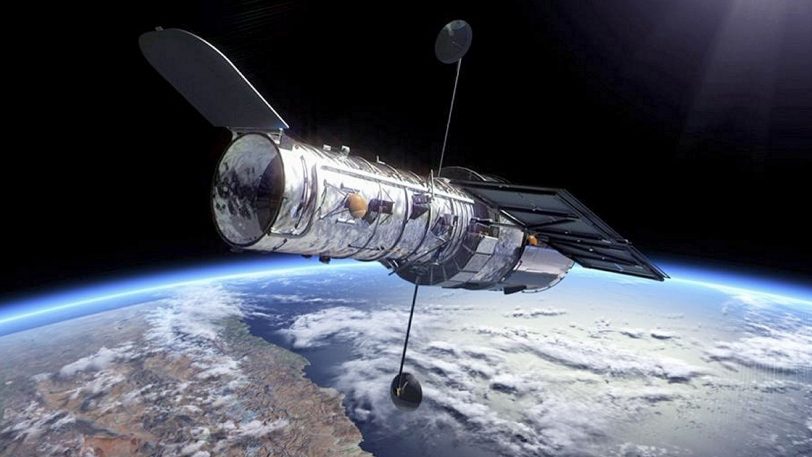Everything good has to come to an end.
According to a NASA announcement, the Hubble Space Telescope has experienced serious computer issues, forcing all astronomical activities to be shut down. The orbital observatory has remained in idle mode since Sunday, when a computer from the 1980s that controls all science instruments automatically shut down, potentially due to a faulty memory board.
This is the latest in a string of minor and major failures on the aging telescope, which has vastly increased our understanding of the universe since its launch in 1990.
Flight controllers at NASA’s Goddard Space Flight Center in Maryland went into action on Sunday in an attempt to restart Hubble, but when they tried again on Monday, Hubble shut down again. The team is currently trying to switch the telescope’s computer to a backup memory board as of this writing. If these efforts are successful, NASA will test the orbital observatory for a full day before attempting to restart its science instruments, allowing for continued observations of the universe.
Hubble’s defunct memory board was last serviced in 2009
However, as of this writing, all of Hubble’s cameras and instruments are in safe mode. Since its launch in 1990, the Hubble Space Telescope has gained worldwide acclaim for discoveries such as the Hubble Deep Field, which revealed that an area of the sky that appeared dark to the naked eye was actually filled with countless galaxies from the distant past. Despite numerous repairs and software updates from spacewalking astronauts sent up on space shuttles, this latest failure is yet another testament to Hubble’s aging position in the canon of great astronomical observatories.

The computer experiencing issues was installed amid a fifth and final service call, back in 2009. While many of us may wish for more service calls, another world-historical telescope is on the way. Later this year, Europe’s Ariane rocket will launch the James Webb Space Telescope from French Guiana. But, in addition to falling years and years behind schedule, the successor to Hubble will operate from a distance of one million miles (1.5 million kilometers), making it impossible for astronauts to perform routine maintenance.
While scientists would like Hubble’s service to overlap with the first weeks to years of the forthcoming James Webb Space Telescope, the rock-star observatory from the 1990s may be too old to survive the journey. But rest assured, it, along with the entire NASA flight controller team, will keep working to make this dream a reality.
READ MORE: See the Most Detailed Picture of the Sun’s Surface Ever Taken
No products found.


